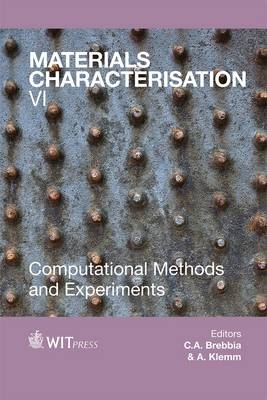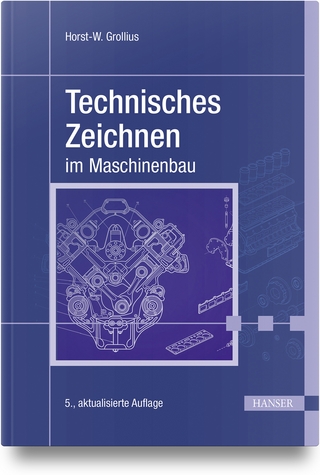
Materials Characterisation
WIT Press (Verlag)
978-1-84564-720-9 (ISBN)
Contents Section 1: Micro and macro materials characterisation Characterisation of the mechanical behaviour of a polyurethane elastomer based on indentation and tensile creep experiments; The micro-macroscale correlation of NiTi mechanical behavior: a finite element analysis; Nanostructured ceria synthesized by detonation method and its ultraviolet absorption performance; A microstructural study on the high temperature oxidation, carburation and sulfidation of HK 40 and Incoloy 802; Effect of pre-treatment procedure on micropore system characteristics of subbituminous coal; Cellulose acetate-based carbon xerogels and cryogels; Statistical structure-to-property relationships for fuel cell materials Section 2: Mechanical characterisation and testing Mechanical characterisation of novel polyethylene nanocomposites by nanoindentation; Determination of frequency and temperature dependent mechanical material properties by means of an Inverse Method; Vibration tests and metamodelling for composite material characterisation; Evaluation of energy absorbing materials under blast loading; After 150 years of research, fatigue still causes 85% of failures Section 3: Computational models and experiments Physisorption of molecular hydrogen in curved carbon nanomaterials: a computational study; Development of two-dimensional magneto-hydrodynamic simulation code in cylindrical geometry using discontinuous Galerkin finite element method; Fracture evaluation of metallic materials at intermediate strain rates; The optimization of snowboarding motion and the design of a new snowboard course Section 4: Corrosion problems The effect of different surface topographies on the corrosion behaviour of nickel; Self-healing of steel corrosion in a model alkaline medium: electrochemical response and surface analysis; Corrosion resistance of Au/Ni thin films coated stainless steel used for a PEFC separator; PFA-linings for avoidance of dewpoint corrosion in heat-exchangers and ducts of waste-incineration power plants Section 5: Cementitious materials Application of the X-ray absorption technique for monitoring hydration and setting processes in cementitious composites; Overview about the use of Fourier Transform Infrared spectroscopy to study cementitious materials; Study of the microstructure and pores distribution of lightweight mortar containing polymer waste aggregates; An improved criterion to minimize FE mesh-dependency in concrete structures subjected to blast and impact loading; Visualization of the healing process on reinforced concrete beams by application of Digital Image Correlation (DIC) Section 6: Advances in composites Utilising implanted carbon fibre as a resistive heating element in wind turbine blade anti-icing systems; Electrical properties of fiber and carbon nanotube reinforced polymer composites; Material homogenization of metal-ceramic composites by NTFA; The effects of natural weathering exposure on the properties of pultruded natural fibre reinforced unsaturated polyester composites
| Erscheint lt. Verlag | 4.6.2013 |
|---|---|
| Reihe/Serie | WIT Transactions on Engineering Sciences ; 77 |
| Zusatzinfo | Illustrations |
| Verlagsort | Southampton |
| Sprache | englisch |
| Maße | 156 x 234 mm |
| Themenwelt | Informatik ► Weitere Themen ► CAD-Programme |
| Naturwissenschaften ► Physik / Astronomie | |
| Technik ► Maschinenbau | |
| ISBN-10 | 1-84564-720-3 / 1845647203 |
| ISBN-13 | 978-1-84564-720-9 / 9781845647209 |
| Zustand | Neuware |
| Haben Sie eine Frage zum Produkt? |
aus dem Bereich


